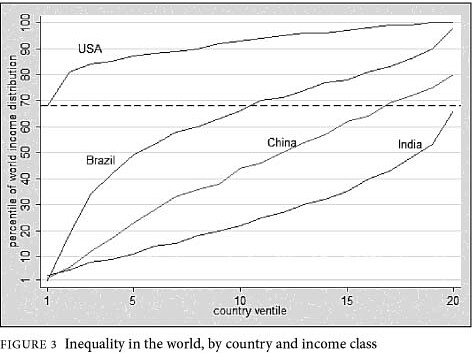Clicking the link above will take you to noted author Daniel Pink’s blog, where he discusses his review of The Haves and the Have-Nots by Branco Milanovic, an economist for the World Bank. In my view, this chart captures something essential but usually unspoken in discussions of the prospects for the future of American education, and of STEM education in particular.
If we begin by asking ourselves, as politically acceptable speech usually does, how we can keep America first, we find it difficult to imagine strategies for getting people who love the things that money can buy to love science and engineering instead…or also. Often these conversations are driven by passion for justice: there are an increasing number of Americans left out, left behind, in our pursuit of the American Dream. We need to foster diversity in our STEM workforce, we hear…this is the civil rights question of our time. Other times the conversation is cast in terms of the lost contributions from Americans of low social and economic status. And indeed all of this seems right, as far as it goes. But that’s not far.
From this American perspective, we seem stuck in a rut: our most promising initiatives offer only modest slowing in the rusting of our competitive edge. Prospects for reforming STEM education in America seem as distant as a balanced federal budget. It’s not that no one knows what to do. It’s just that we seem utterly unable to bring ourselves to do it.
Imagine for a moment, though, that our goal in Michiana was not primarily the flattening of the curve marked “USA”. Imagine that we started with a worse problem, and worked to solve that. Suppose we focused our attention on ways to get neighbors to care for one another


